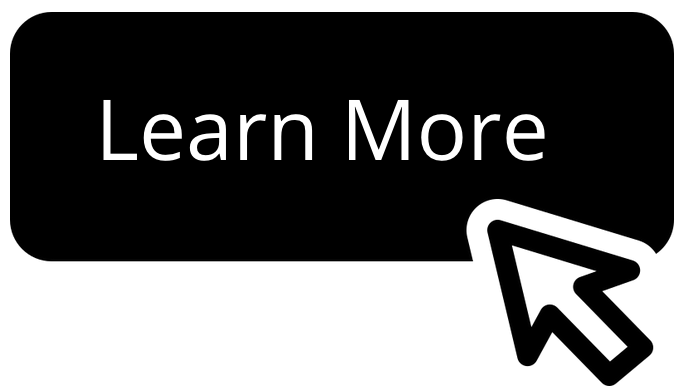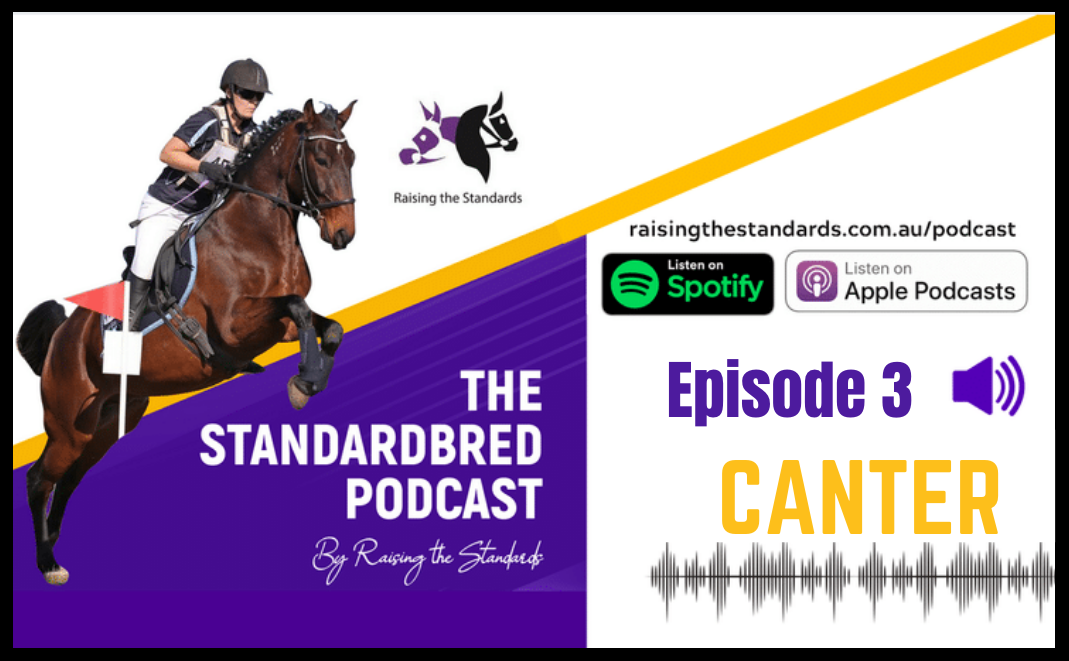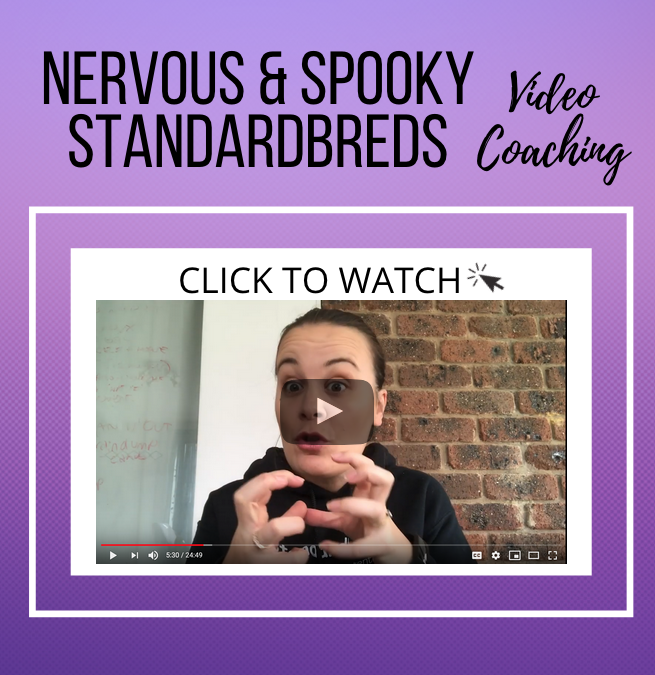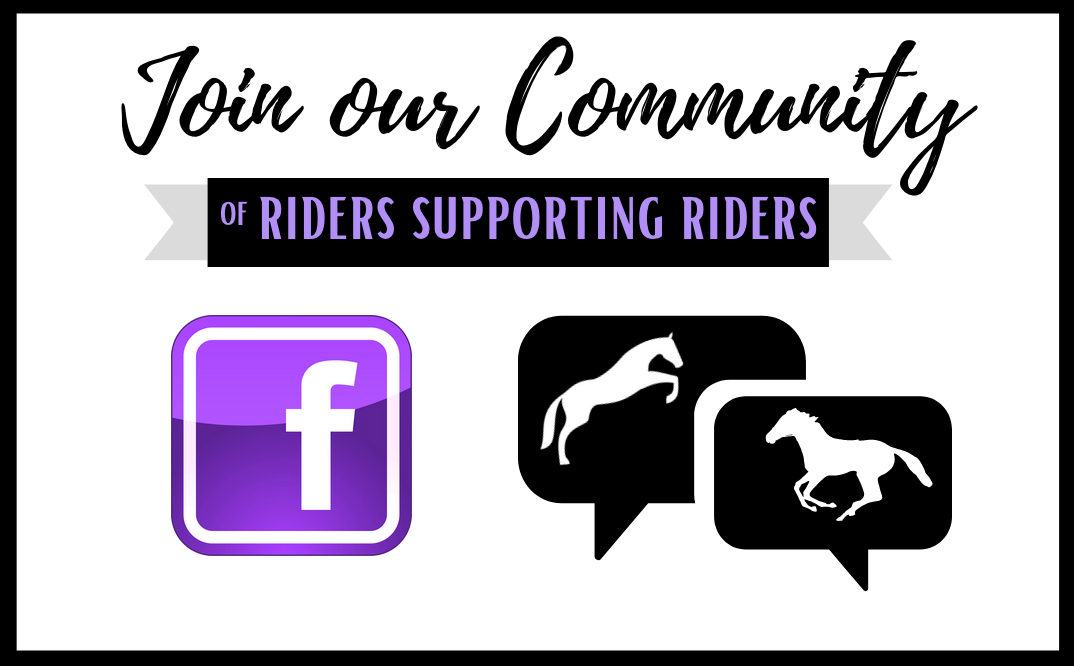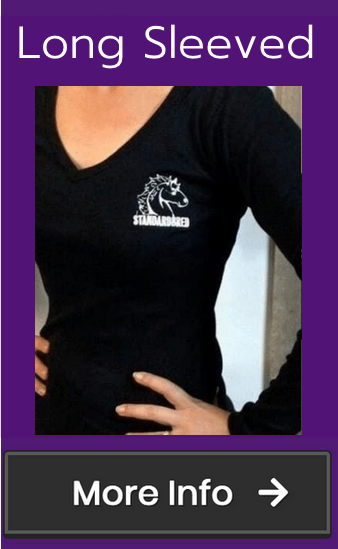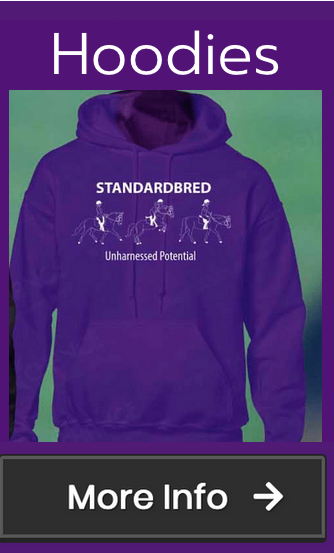Through the writing process as part of the development of our new Retraining the Standardbred: Track to Hack course, I’ve had the opportunity to really step back and think about what the key ingredients have been in successfully retraining so many ex-harness horses over the years.

If I had to put it down to the most significant factor above all others, it would undoubtedly be this: when I ride better, my horse performs better. It really is just that simple.

That’s right; no fancy extra gear required to get that horse to shift from giraffe-mode to working kindly into the contact. No technical hoo-ha training philosophy to get the horse to bend correctly through those corners. Just a waving of the white flag and commitment to take a warts-and-all look at what I’m doing in the saddle.
A green horse will be vulnerable to the subtleties of its rider’s position and lack the coordination to balance both itself and its rider. Given this, the responsibility falls on the rider to make the horse’s job achievable through the foundation stages, by being mindful of how their tendencies and weaknesses may impact upon the horse.
For example, if I’m going around and having a particularly sticky ride, I know I need to stop worrying about my what my horse is doing and focus on my body and how I’m contributing to the discord.
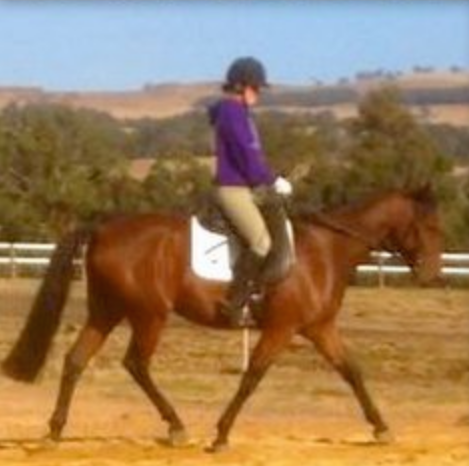
To do this, I go through all the usual checks to make sure I’m centered in the saddle. I’ll feel for evenness in weight distribution to each side of the saddle, push down into my heels to really lengthen my lower leg and make sure my eyes are looking ahead, I’m not leaning forward and my core is relaxed and pliable enough to move with the horse and direction I’m travelling in.
I then concentrate on good deep breathing, maintaining a consistent connection with the bit through my hands (a steady outside rein is key) and giving my horse very deliberate aids, so there is absolutely no confusion or mixed messages. Timing the application and removal of aids is also crucial.
It might sound a little simplistic, but really that is it. I find shifting myself into the best possible riding position and making a concerted effort to communicate effectively and clearly with my horse is all it takes to see a dramatic improvement in my horse’s output.
If you think about it, it makes sense. A horse cannot go straight if its rider is askew. A horse cannot flex correctly if the rider does not hold consistent contact. If the rider starts to lean forward, throw the reins away and kick erratically to encourage the canter, this is essentially sacrificing a good riding position in a grab for an upward transition. Ironically, doing this is only going to shift the rider into such an unbalanced seat that the horse becomes burdened and physically unable to coordinate themselves into this shift up a gear.
Correct riding technique can have such an immense positive effect on your horse.
This is why we have included an entire core section – complete with a self-assessment sheet, detailed position guide and expert video discussion – in our online Standardbred Masterclass course; our horses are reliant on us to give them every opportunity to work uninhibited and with freedom of movement.
Around this resource, you can do several things at home to ensure you’re able to accurately assess your position, so you can become aware of any inconsistencies. Filming yourself ride is a pretty easy one for the modern, tech-savvy horseperson. Asking an experienced horse friend to watch you ride and provide you with honest feedback is another. Checking in every now and then with a professional coach is also a fantastic investment in your continual progress and overall success with your Standardbred.
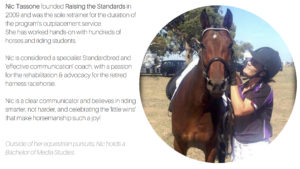

SNUGGLE UP THIS WINTER: SHOP STANDY WEAR:


